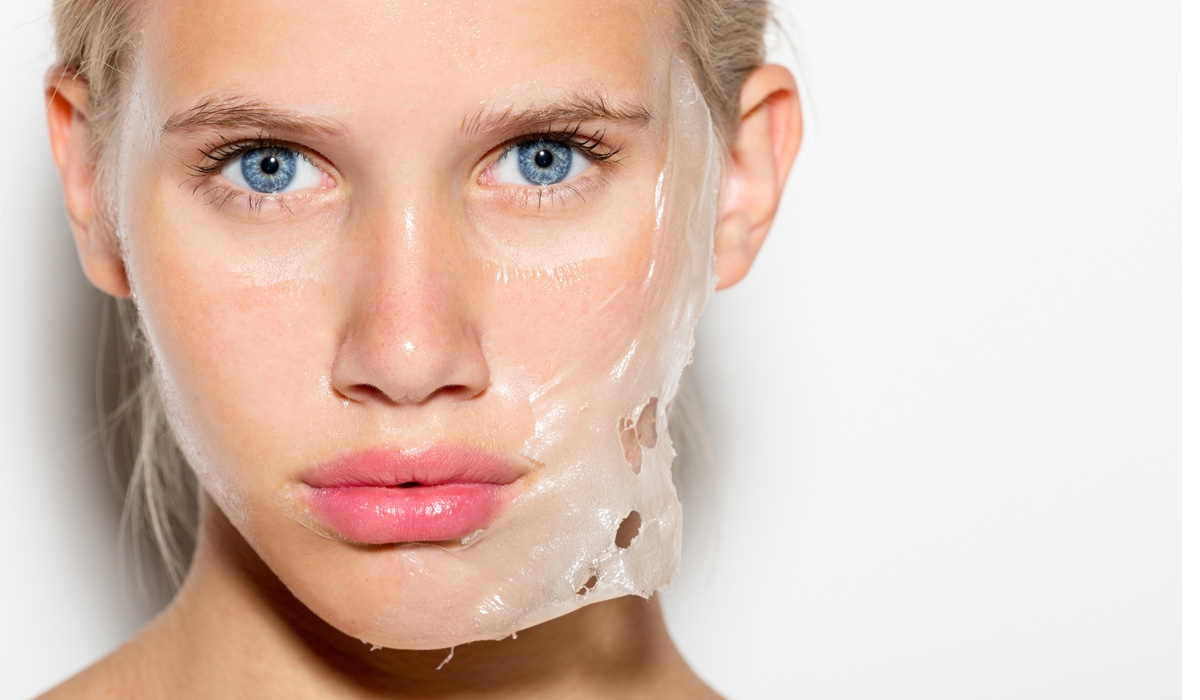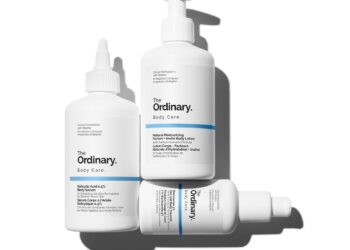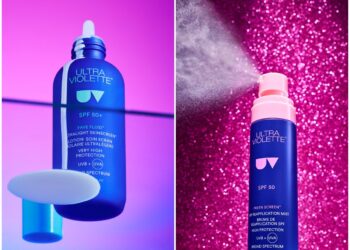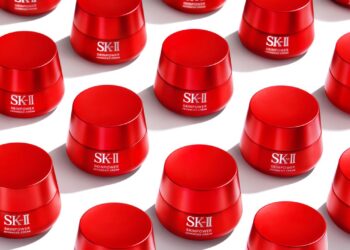Sheet masks are real life savers, but do you know how to fully maximise the use of those hydration boosting cloths? (We bet you haven’t heard of this one.)
As we have recently discovered — those sheer, flimsy sheets are actually the cheaper and more affordable way to determine your exact skin type as well as the problem areas on your face. The process is rather easy, and we honestly don’t know why it took us so long to find out about this money-saving #lifehack.

Well, prepare to get your mind blown.
When you’ve removed the mask, scan your face right away and focus on the level of moisture on your skin. The areas that absorbed all the hydration and could use even more—those are your dry patches. Meanwhile, the spots that feel greasy or over-moisturised are—you guessed it—the oily areas. And any parts of your face that feel refreshed and supple are “normal” skin.
You might have only one or two of these signs if your skin skews dry or oily all over. But if you have combination skin, you’ll really be able to confirm which parts of your face need the most love. Interesting, right?

P/S: In light of this, we’re pretty sure most of you may have left your sheet mask on for as long as possible, thinking that this would boost its benefits. Please don’t do that again because you could be doing a whole lot more harm than good.
When the mask dries out it will actually begin to draw moisture and vitamins away from the skin, rather than to nourish or hydrate it as intended. In fact, leaving a sheet mask on for too long can also result in irritation and make your skin more prone to acne.
[Source]










